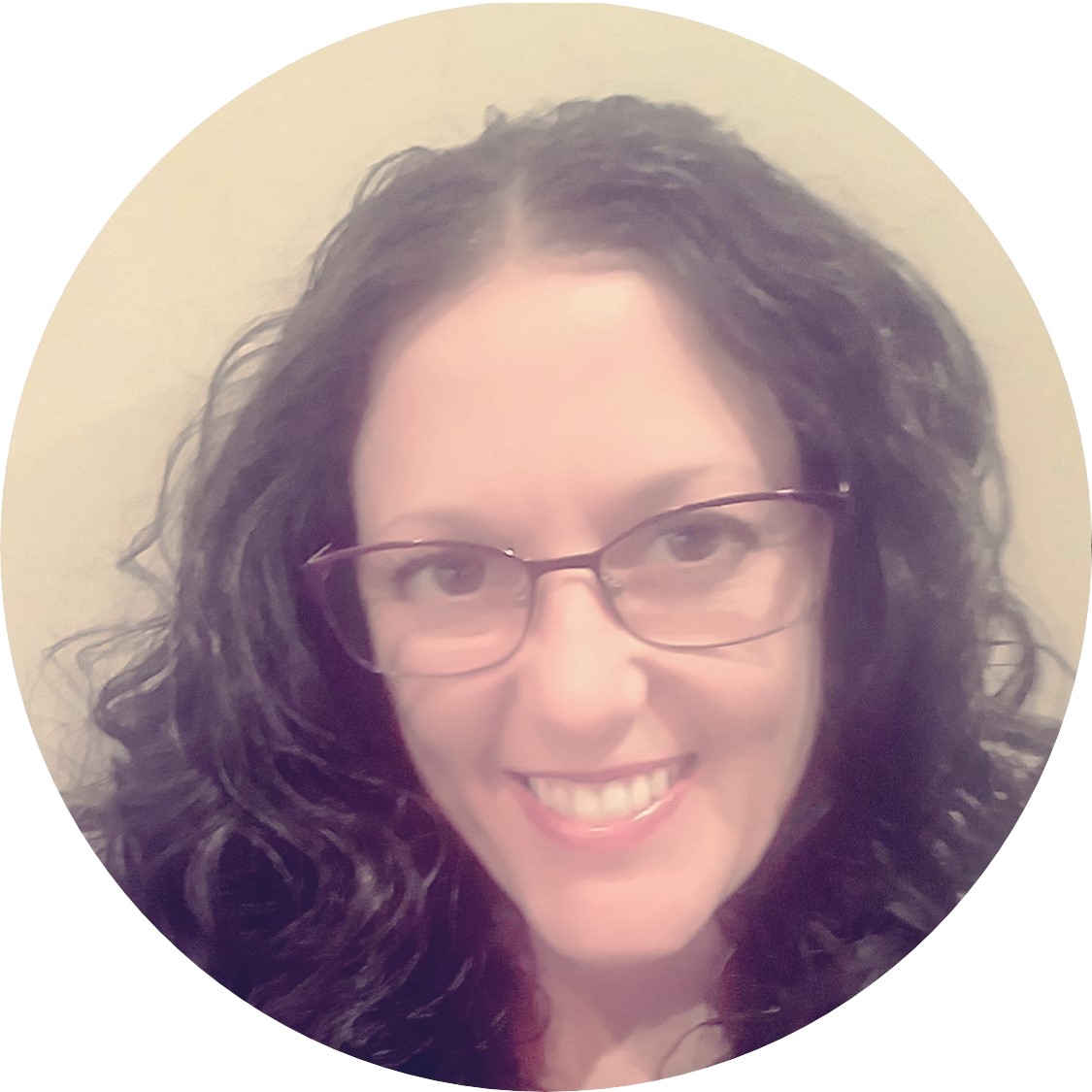This is the first in a series of posts written by teacher awardees of the NoVo Social Emotional Learning Innovation Fund. Learn more about the Fund and other winners here.
As an educator for 18-21 year-old boys at our county juvenile detention center, sorrow often feels like a constant companion. There are days when the weight of my students’ stories and struggles leaves me in frustrated, unfeigned tears, but only when I’m alone at home much later into the day.
It is my home and personal life that have shaped the educator and advocate/activist that I have become. Recently, when I was discussing with my 17 year-old son whether or not I thought it was a good idea for him to walk two blocks alone in downtown Cleveland, he provided me with a jarring reminder: “Mom, I look like the monster that other people are afraid of. Don’t worry about me,” he said, as if that was supposed to offer me a semblance of comfort. My thoughtful, polite, intellectual, kind, dedicated son is over six feet tall with keen brown eyes, beautiful brown skin, and lovely tumbling dreadlocks. He could be mistaken for any number of the young men I greet in class each day. None of them are monsters.
My son’s words still conjure a feeling of dread within me. They cause my stomach to contort and form a lump, which rises into my esophagus and threatens to appear as a burst of emotional moisture in my eyes. Yet, they also motivate me to keep working on behalf of my son and all young men who may or may not look like him. Thanks to a generous grant from the NoVo Social-Emotional Learning Innovation Fund, this critical work can continue.
When I began teaching at the Cuyahoga County Juvenile Detention Center (CCJDC) three years ago, after years of teaching in more traditional public high schools, I knew that social-emotional learning was going to continue to be an integral part of my practice. In addition to a trauma-informed classroom approach to teaching, the practices and concepts of gratitude, mindfulness, growth mindset, breathing exercises, short term and long term goal-setting, and reflection are incorporated into our daily classroom routine. A community partnership with a local art venue called SPACES, entirely supported by the NoVo grant, offers an exceptional additional opportunity for students to interact with a diverse array of artistic mediums, facilitated by international, national and local artists. This is then used as a component of our classroom’s community service and outreach. Many students cited these artistic experiences, and the opportunity to do something kind for someone else, as their favorite activities in class.
Not only is it crucial for my students to be exposed to the talents and resources in the community, but community members also need to change their proximity to the young men in my classroom. As an educator, neutrality is simply not an option. I am pleased to share that three artists who interacted with my young men valued and enjoyed the experience so much they refused the small stipend that SPACES was able to dispense as a result of the NoVo grant. Thus, we were able to offer additional activities we had not originally planned. Slowly, through coordinating opportunities for people to change their proximities, we’re helping to change narratives.
Art is a natural medium for social and emotional learning. It allows for the exploration of self, which was quite evident when one young man explained his painting as a representation of the voices he hears. It improves self-management because producing art naturally de-escalates stress levels. Many of the activities, like paper making, screen printing and audio recordings, require a collaborative effort, which improves relationship skills. Having their art valued and appreciated contributes to my students’ confidence and sense of self-efficacy. The empathy expressed and perspectives taken by the young men as they created placemats and cards for ill children at the Cleveland Clinic and pen cases for staff members, or as they decorated cupcakes and cookies for younger students and flower pots to grow milkweed in to help save monarch butterflies, are contributing to the dismantling of stereotypes.
Yet, changing perceptions is not unchallenging. During a printing activity, some students could not resist the urge to mark their art with street or gang affiliated tags. Although it is their reality, displaying art with gang suggestions would violate school policies. Not willing to throw their creations aside, I cut out the letters and they remained in a large envelope for weeks. After reflecting on my students’ life stories, I used the letters to create a message on a large poster as part of their gallery exhibit at SPACES. I wanted to capture why their experiences have been so much more challenging than my sons’ or those of many other children.
The message on the poster read:
“Hope happens when opportunities for hope are created.”
Hope cannot be taken for granted or neglected. It is the beginning of every movement, every struggle, and every idea. It is also the origin of the art collaboration between my classroom of 18-year-old boys at the Cuyahoga County Juvenile Detention Center, SPACES, and the generous NoVo Foundation. I keep hoping that one day we will make sure every child feels they have a future to look forward to. I am profoundly grateful for all of those involved in supporting and accomplishing that goal.
May we all find more ways to create hope for others.
Melissa Marini Švigelj-Smith is a teacher at the Cuyahoga County Juvenile Detention Center in Cleveland, Ohio.

